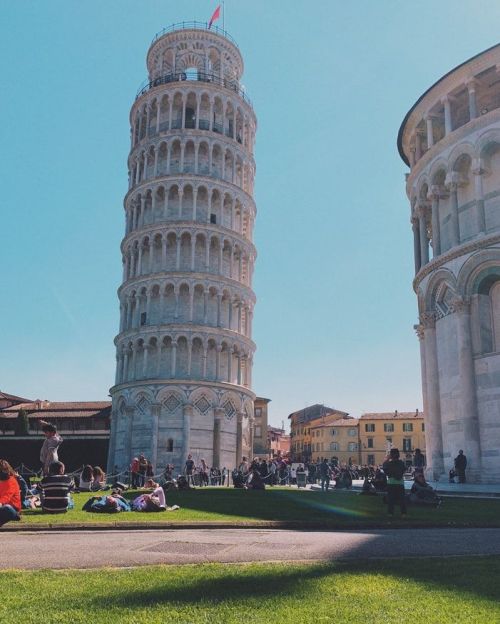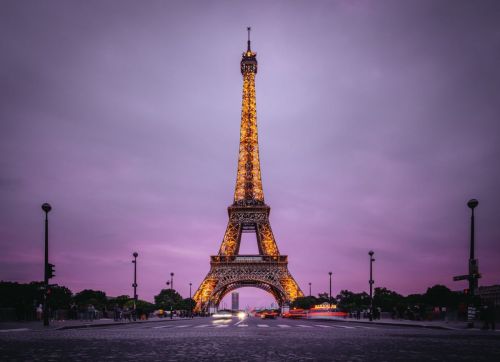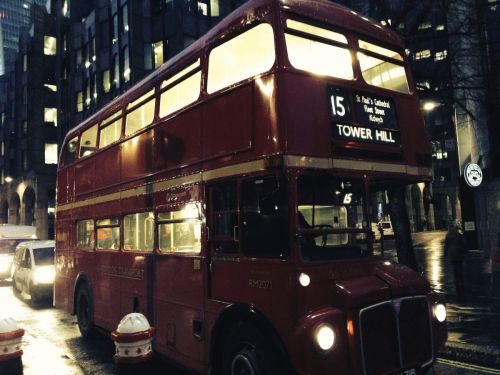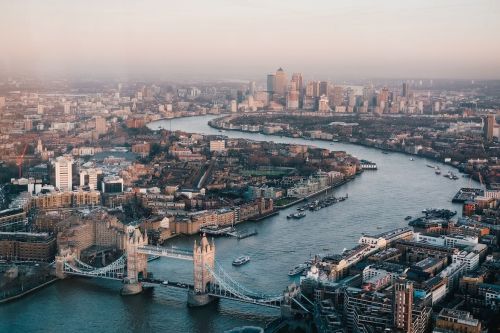Big Ben is a cultural symbol of Great Britain that has become a permanent part of the landscape of London. It is its showcase, one of the most popular tourist attractions, and the most frequently photographed object. Although almost everyone associates the name Big Ben, mainly with the clock, it refers to the bell hanging on the tower. However, the name is commonly used to refer to both the clock, the bell, and the Westminster tower.
This tower was once called the Tower of St. Stephen's Clock Tower, since September 12, 2012, it has been officially named Elizabeth Tower to honor the 60-year reign of Elizabeth II - the Diamond Jubilee of Elizabeth II, Queen of Great Britain.
It is located at the northern end of the Palace of Westminster.
Although Barry was the main architect of the neo-Gothic palace, he turned to Augustus Pugin, who already had experience in building such structures (Scarisbrick Hall in Lancashire), to design the Clock Tower. It was Pugin's last project before his death due to mental illness. When he handed over the project, he said that the work on it was very hard, but the tower would be beautiful.
In its current shape, it has 1200 rooms and three kilometers of corridors.
Its height is 96,3 m, and each of the four clock faces is 7 m in diameter. A spiral staircase of 334 steps leads to the tower - 290 stone steps lead to the clock room, 44 steps to the bell tower, and an additional 59 steps to the top of the spire. The tower was built of bricks faced externally with sand-colored Anston limestone from South Yorkshire and is topped by a spire covered with hundreds of cast iron roof tiles.
This feature was added in 1873 by Acton Smee Aryton, then First Commissioner of Public Works and Buildings. This lantern is lit when the House of Commons is sitting after dark. Its light is visible from all over London. The Aryton Light was originally shined towards Buckingham Palace so that Queen Victoria, looking out her window, could see when the House of Commons was working.
They also feature: a garnet by Catherine of Aragon, the first wife of the Tudor king Henry VIII, a portcullis - symbolizing both houses of parliament, and a fleur-de-lis (lily) - a legacy of the times when English monarchs claimed to rule France.
The 4,9 m by 2,4 m shaft was designed by David Boswell Reid, known as the "grandfather of air conditioning". The purpose of the shaft was to draw cool, fresh air into the Palace of Westminster, but in practice, it failed. Until 1914, the shaft functioned as a chimney, which the shaft was converted into. In the years 2017-2021, conservation works were carried out on the shaft and an elevator was installed.
In the 1990s, thousands of tons of concrete were pumped into the ground beneath the tower to stabilize it during the construction of the Westminster section of the tube line (Jubilee line). Experts believe that the current tilt of the tower will not be a problem for the next 4000 to 10.000 years.
It is an oak-paneled prison chamber, accessible only from the House of Commons. The room was last used in 1880, when atheist Charles Bradlaugh, newly elected Member of Parliament for Northampton, was imprisoned by the Sergeant-at-Arms after protesting against taking a religious oath of allegiance to Queen Victoria. Officially, a sergeant-at-arms can still make arrests, as has been the law since 1415. However, the room is currently used by the Committee on Petitions, which oversees petitions submitted to Parliament.
The criteria were developed by Astronomer Royal Sir George Airy. It was mainly about precise time counting (up to one second), which was to be coordinated twice a day by telegraph with the time struck at the Greenwich observatory.
The clock face was designed by Augustus Pugin and set in a steel frame with a diameter of 7 meters, supporting 312 pieces of opal glass. Originally, the dials were illuminated by gas lamps, initially only during parliamentary sessions, but from 1876 they were illuminated from dusk to dawn. Electric light bulbs were installed in the early 20th century.
At the base of each shield is a Latin inscription meaning "O Lord, keep our Queen Victoria the First safe."
The hour hands are made of bronze and are 2.7 meters long. The minute hands are made of copper and are 4.3 meters long.
In the 1930s, they were painted black to hide the effects of air pollution. The original colors were restored during conservation works in 2017-2021. The Victorian glass was also removed and replaced with a faithful reproduction made in Germany by glassmakers Glasfabrik Lamberts.
The construction of the clock was entrusted to watchmaker Edward John Dent - after his death, the work was continued by his stepson, Frederick Dent. He used innovative solutions that mitigated the impact of rain, wind, and snow on the discs. Frederick never patented his idea, and it quickly became the standard for all new, high-quality tower clocks.
Adding or removing a penny changes the clock speed by 0.4 seconds per day. The clockkeeper and a team of watchmakers available 24 hours a day are responsible for the operation of the clock.
Only on May 10, 1941, a German bombing raid damaged two clock faces, part of the stepped roof of the tower, and destroyed the House of Commons hall.
In 1976, the first and only mechanism failure occurred. Other clock stops that occurred were mainly caused by unfavorable weather conditions.
The original bell was 16-ton, cast in 1856 and because the tower was not yet ready, it was tested in the palace courtyard. During the test, the bell fell apart. A new one was made from its pieces in 1858. It weighed 13.5 tons, was 2.3 m high, and 2.9 m in diameter. It was suspended on the tower. The clock first started ticking on May 31, 1859, and the bell rang for the first time on July 11 of the same year. Due to the installation of too heavy a heart, the bell broke in two places. The heart of the bell was replaced with a lighter one, and the bell was never repaired.
The bells can be heard on BBC Radio 4 at 6 pm and midnight and on the BBC World Service.
This nickname was first applied to the Great Bell. It may have been named after Sir Benjamin Hall, who oversaw its installation, or after English heavyweight boxing champion Benjamin Caunt. Now the term Big Ben is used to refer to the clock, tower, and bell, although it is not generally accepted to refer to the clock and tower. For traditional English people, Big Ben is primarily a bell.










